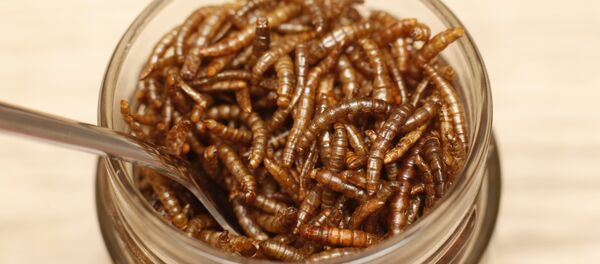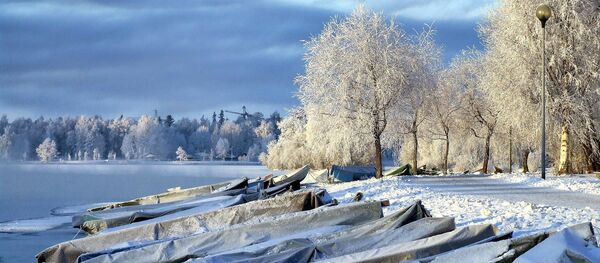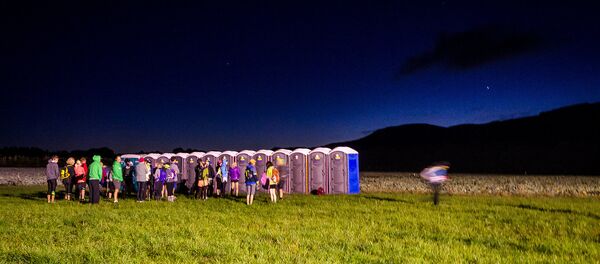While Finnish cuisine remains heavily reliant on traditional country fare and includes plenty of wholegrain products, fish and wild mushrooms and berries, Finns were found to be far more optimistic about eating insects than residents of Sweden, Germany and the Czech Republic, other nations surveyed as part of the 'Insects in the food chain' project.
#viili, #karjalanpiirakka vai ehkä #mustikkapiirakka? Minkä ruoan joukoissa sinä seisot? Äänestä #kansallisruoka'a https://t.co/hD21vd7msA pic.twitter.com/gz2joKkSX4
— Suomi syo ja juo (@Suomisyojajuo) 18 ноября 2016 г.
While half of Finns have no qualms about eating bugs, worms or larvae, less than 40 percent of Swedes, 30 percent of Czechs and just 25 percent of Germans are ready to imbibe.
While many Finns still find the idea of consuming creepy-crawlies rather unappetizing, project coordinator Jaakko Korpela argued that many public misgivings were in fact based on a lack of accurate information. Very much like proverbial locusts, a variety of insects can be eaten in a variety of forms, from entire cooked insects to ground meal.
"Consumers would find it easiest if insects were simply added to products in powdered form," Terhi Pohjanheimo from Turku University told Yle, citing the potential use of insect proteins in meatballs, nuggets and various fillings.
According to Nemlander, locusts require ten times less feed than cattle and two thousand times less water, with greenhouse gas emissions amounting to only a hundredth of the corresponding meat production. Additionally, insects take up a minimal area, compared to livestock. Finally, dried locusts contain 70 percent protein together with a good set of amino acids, as well as high levels of iron, calcium and vitamin B12.
Never miss a story again — sign up to our Telegram channel and we'll keep you up to speed!





